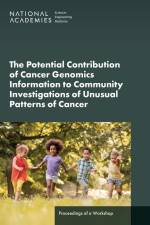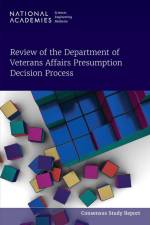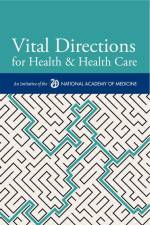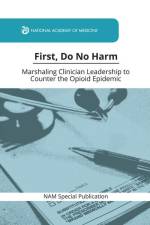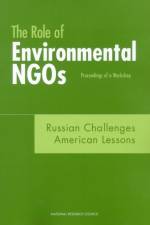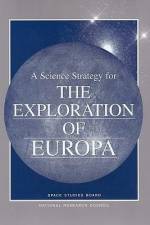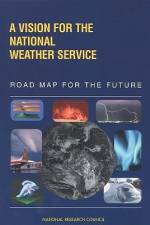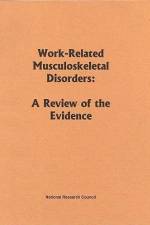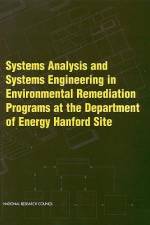av National Materials Advisory Board, National Research Council, Board on Manufacturing and Engineering Design, m.fl.
469
Manufacturing process controls include all systems and software that exert control over production processes. Control systems include process sensors, data processing equipment, actuators, networks to connect equipment, and algorithms to relate process variables to product attributes.Since 1995, the U.S. Department of Energy Office of Industrial Technology 's (OIT) program management strategy has reflected its commitment to increasing and documenting the commercial impact of OIT programs. OIT's management strategy for research and development has been in transition from a "e;technology push"e; strategy to a "e;market pull"e; strategy based on the needs of seven energy-and waste-intensive industries-steel, forest products, glass, metal casting, aluminum, chemicals, and petroleum refining. These industries, designated as Industries of the Future (IOF), are the focus of OIT programs. In 1997, agriculture, specifically renewable bioproducts, was added to the IOF group.The National Research Council Panel on Manufacturing Process Controls is part of the Committee on Industrial Technology Assessments (CITA), which was established to evaluate the OIT program strategy, to provide guidance during the transition to the new IOF strategy, and to assess the effects of the change in program strategy on cross-cutting technology programs, that is, technologies applicable to several of the IOF industries. The panel was established to identify key processes and needs for improved manufacturing control technology, especially the needs common to several IOF industries; identify specific research opportunities for addressing these common industry needs; suggest criteria for identifying and prioritizing research and development (R&D) to improve manufacturing controls technologies; and recommend means for implementing advances in control technologies.


